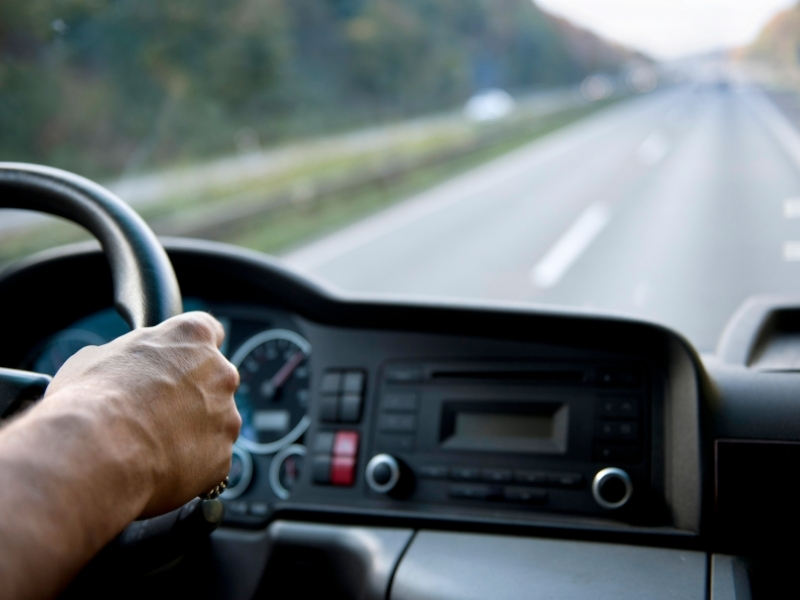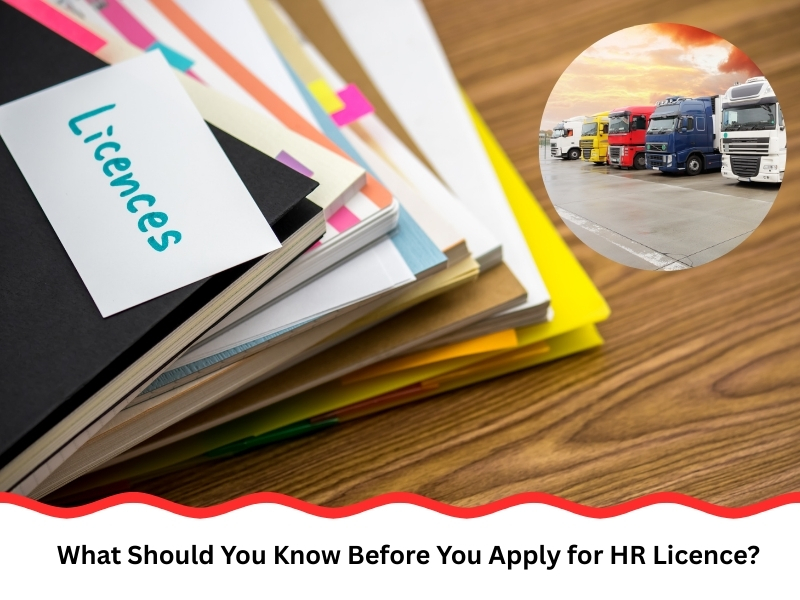Applying for a Heavy Rigid (HR) licence isn’t just about ticking boxes — it requires proper planning, a clean driving record, and quality training. Many applicants face delays or rejections due to avoidable missteps. If you’re aiming to drive larger commercial vehicles, getting your HR licence is a big step forward. This article explores what you need to understand before you apply for an HR licence.
Why do so many people struggle to apply for an HR licence?
When people apply for an HR licence, the process can feel more complicated than expected. From confusing paperwork to unclear training requirements, several factors often trip people up. Common challenges include:
- Unfamiliarity with eligibility rules, such as the required car licence duration
- Incomplete or incorrect application forms
- Choosing the wrong training provider or course type
- Overlooking medical and eyesight requirements
It’s frustrating to invest time and money only to face preventable delays.. If you’re not across the steps before applying, you might hit roadblocks later.
One key area that often causes confusion is the type of HR licence needed for your career goals. To avoid future limitations, it’s essential to explore training options for earning a heavy rigid licence that aligns with your specific vehicle type and work intentions.
What mistakes can delay your HR licence approval?
Even the most experienced drivers can slip up during the HR licence application. It’s not always about skill — it’s often the paperwork or planning that lets people down. Some of the most frequent mistakes include:
- Failing to provide a recent medical report from an authorised doctor
- Not meeting the one-year unrestricted car licence holding period
- Booking a test before receiving the required competency-based training
- Showing up without the correct vehicle for testing
Each of these missteps can delay approval for weeks. One overlooked document can cancel your entire booking, sending you back to square one. Worse still, multiple cancellations may mean losing your place in the queue altogether.
Avoiding these pitfalls means understanding what assessors expect and ensuring each requirement is nailed down from the start.

How does a lack of preparation affect your HR licence success?
Not preparing properly before applying for your HR licence isn’t just inconvenient — it can be costly. You might end up forking out more for repeat tests, extra lessons, and rescheduled bookings. A lack of preparation can lead to:
- Needing additional lessons to correct easily avoidable mistakes
- Failing the driving assessment due to misunderstood vehicle controls
- Wasting time waiting for second attempts or re-bookings
- Losing motivation after multiple setbacks
Even drivers who’ve held licences for years can struggle with the unique handling of an HR vehicle. Confidence behind the wheel only goes so far — you’ll need a game plan before stepping into the cab.
This is where checking your eligibility, gathering documents early, and understanding the process flow come into play. These steps help prevent you from spinning your wheels unnecessarily.
What are the key steps to apply for an HR licence?
Getting your HR licence follows a specific process. Skipping any of these steps or doing them out of order can delay your journey unnecessarily. Here’s what you’ll need to cover:
Step | Task |
1 | Hold a full C class licence for at least one year |
2 | Pass a medical check proving fitness to drive heavy vehicles |
3 | Book and complete an HR knowledge test |
4 | Complete training with a Registered Training Organisation (RTO) |
5 | Pass a practical driving assessment in a compliant HR vehicle |
All five steps are required to secure your licence. Miss one and you’re back at the start. Being systematic saves time and stress, especially when it comes to arranging medicals and vehicle access.
Additionally, taking time to understand licence classes for different vehicle types helps ensure you’re applying for the correct class based on your career goals.
How can training courses help you apply for an HR licence successfully?
Training courses do more than teach driving — they prepare you for every part of the process. A quality course ensures you don’t just scrape through but actually build skills for long-term success. The top benefits of enrolling in training include:
- Access to compliant HR vehicles for assessment
- Guidance on paperwork, test bookings, and prerequisites
- Practice with real-world driving scenarios, like load securing and hazard control
- Support from trainers who understand the RMS assessment criteria
Without this kind of support, you’re flying blind. Learning through trial and error burns both time and cash, and for many, that’s a luxury they can’t afford. Training fills in the knowledge gaps most applicants don’t realise they have.
Instructors also spot and correct bad habits early on, which is critical when driving heavier rigs that respond very differently from cars or utes. This highlights exactly how HR licence training boosts confidence behind the wheel, giving you the edge on test day.

Does your driving history affect your HR licence outcome?
Absolutely. A clean record isn’t just preferred — it’s often essential. HR licence assessors and authorities will consider your recent driving behaviour to judge your readiness for heavier vehicles. You’ll want to keep in mind:
- Frequent speeding fines or disqualifications could raise red flags
- Past suspensions may delay or block your eligibility
- Evidence of responsible driving supports a faster approval process
- Some offences may require written clearances or additional checks
Many drivers don’t realise that past infringements can resurface during the application process. Being honest and proactive about your driving history helps avoid issues down the track. If you’re unsure what shows on your record, get a copy before applying.
It helps to understand why clean driving records matter for truck drivers, especially when applying for a licence that puts you behind the wheel of a much larger vehicle.
What should every applicant understand before applying for an HR licence?
Before you begin, get the whole picture. Many drivers rush into the process without understanding the timeline, cost, and effort involved. This leads to burnout or failed attempts. Make sure you know:
- The complete set of eligibility requirements, from licence history to medical checks
- Timeframes for completing tests and training
- What kind of vehicle access is needed for assessment
- How does your lifestyle and availability affect training and bookings
Having the whole picture prevents unrealistic expectations, which is where most frustration starts. Applying for an HR licence is doable — but only if you plan it like a project, not a spur-of-the-moment task.
That includes knowing the costs and comparing schedules with local training providers. Set your expectations clearly and go in with the right mindset.
Final thoughts
Applying for your HR licence doesn’t have to be a hard slog. The key is avoiding the common traps — from missing paperwork to underestimating test requirements. Take time to familiarise yourself with the steps, invest in proper training, and make sure your driving record supports your application. For extra clarity, you can discover how Core Truck Driving School can help your licence journey.


